The unexpected part of our visit to the Museum of the Fur Trade near Chadron? Being able to walk around a replicated trading post area. The museum was built on the site of a former fur trading post, adding authenticity to the feel. Many historical events were influenced by Trader James Bordeaux and impacted by this site that served as a satellite trading post at one time for nearby Fort Laramie.
Behind the museum building, they carefully reconstructed the post in 1956 using the original footprints as a guideline.
This view of the dugout is almost camouflaged into the hillside.
Their re-creation of the post was completed so authentically that the place is now on the National Register of Historical Places. This award is normally only given for original buildings, not reconstructed ones.
Whenever I see a dugout, I can imagine a cow stepping through the roof. Or even worse a snake slithering in. This had to be a real possibility. After all, this sign was prominently posted in the dugout. I doubt life has changed that much!
I was not disappointed when we did not see any rattlesnakes!
While the building may have been small, many activities took place inside.
You can peer through panes at items that might have been for sale at a post.
You can also see a glimpse of what the “living quarters” for the traders might have resembled. And yes, furs were probably involved in the furnishings.
The adjacent creek is almost visible over the hill. A nearby water source was essential for life on the prairie.
Nearby the dugout, a storage shed was built to demonstrate how they would have had to hoard stock supplies to have enough for trading.
Replicas of the goods needed to trade.
Even back then, space was at a premium. This is an example of a fur press that they would have used to compact the furs before shipping.
Also re-created on the grounds is the tipi used by the the Brulé Sioux Indians who would have been the primary people to use this post.
Taking a break from the hot summer sun, although the tipi felt warm due to the lack of breeze inside.
A room with a view.
The staff at the museum annually plant an Indian heirloom garden, continuing to grow plants that have been around for centuries. (Here is a list of the Heirloom plants growing in the Indian Garden). And if you also have a hankering for hidatsa beans or little blue corn, packets of seeds are for sale inside the museum.
The beautiful setting for what ended up to be one of our favorite places on our Nebraska panhandle trip. The Pine Ridge Bluffs near Chadron and the Museum of the Fur Trade.







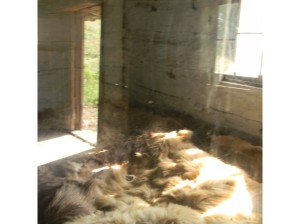
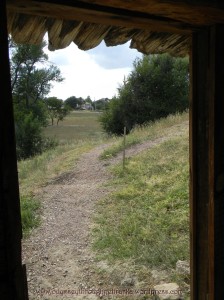
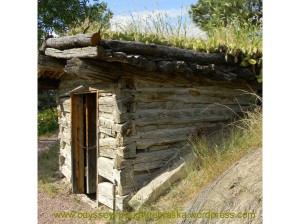

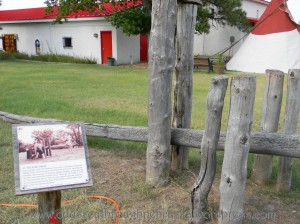
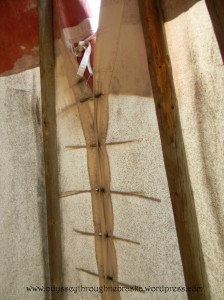
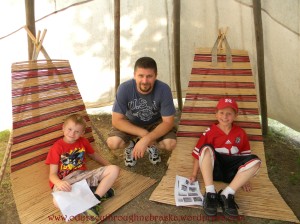


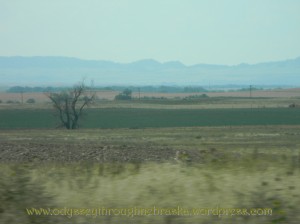
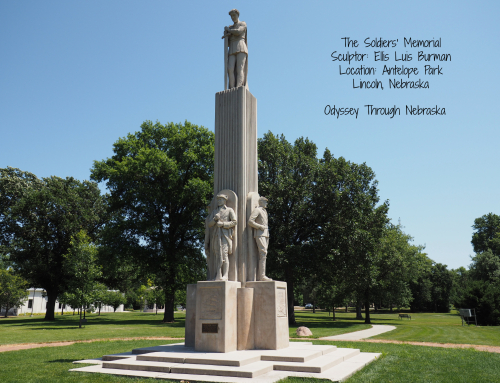

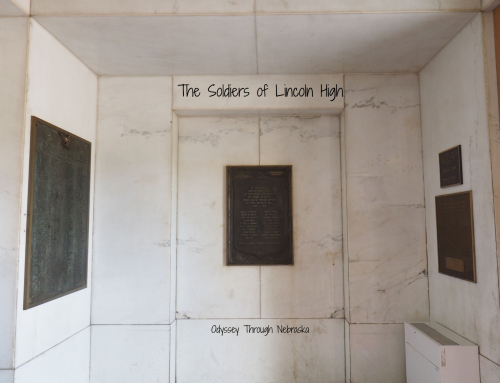
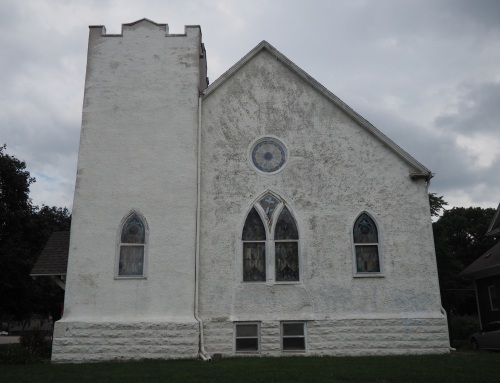
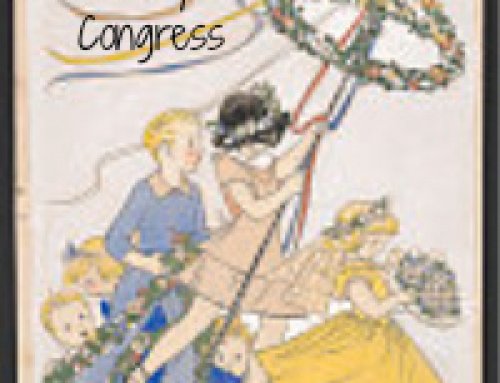
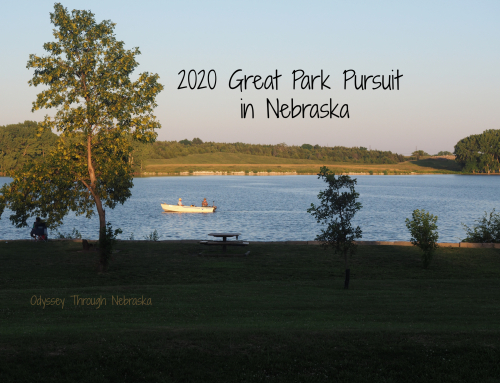
[…] Flashback Friday: Life at a Trader Post (Museum of the Fur Trade: Part 2) (odysseythroughnebraska.wordpress.com) […]